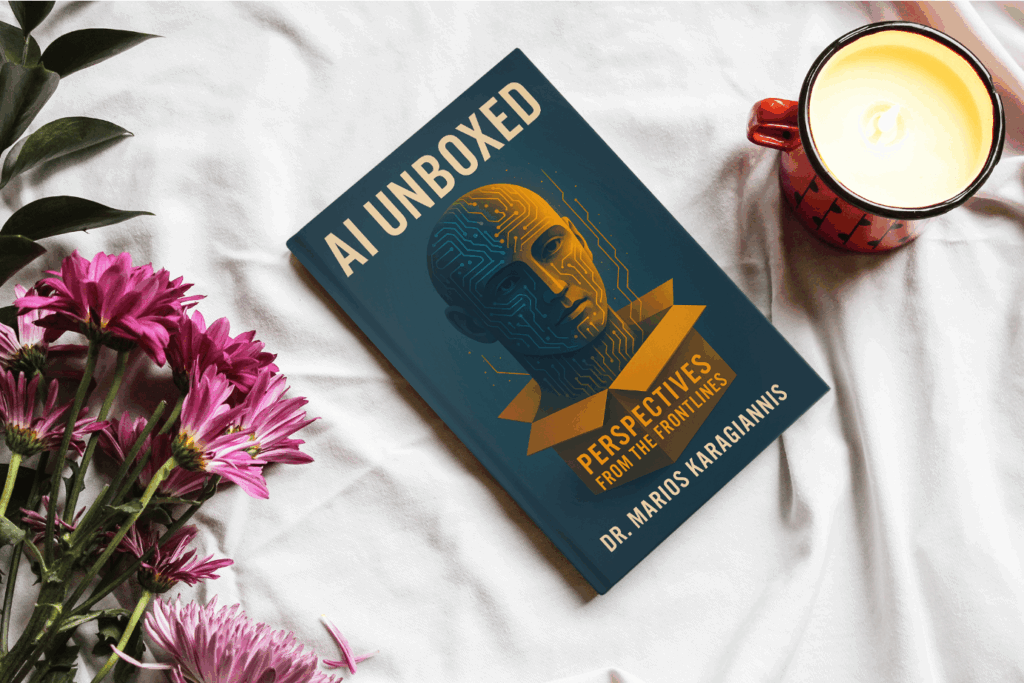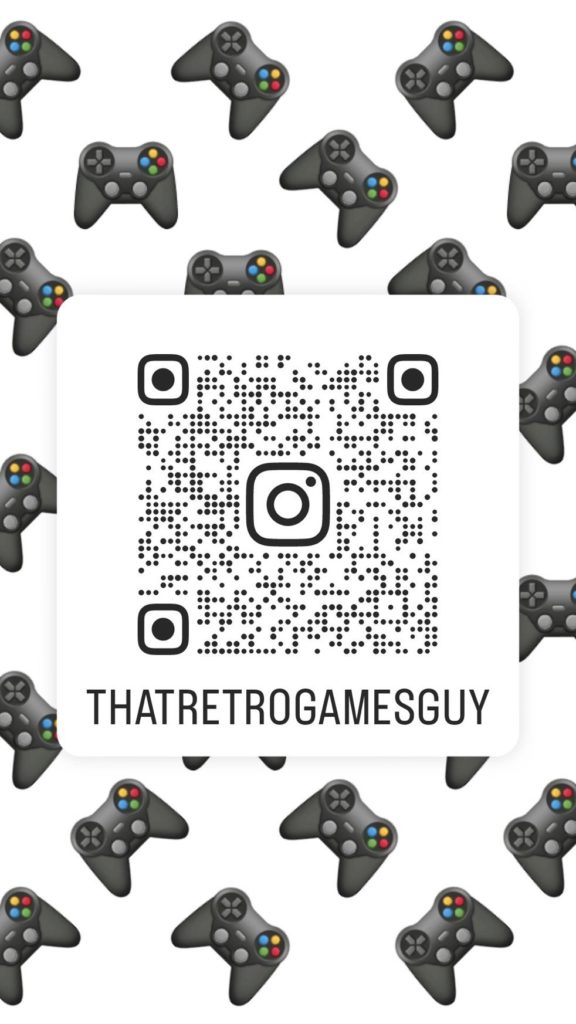
Let’s just get this out of the way, I apologize for using the word “asshole” so liberally. But, honestly, what other word could possibly describe these people? “Unpleasant individual”? Too weak. “Toxic coworker”? Still not quite right. The reality is, some people are just straight-up assholes, and Robert I. Sutton, in his book The No Asshole Rule, makes a strong case for why they should have no place in the workplace.
Why the No Asshole Rule Matters
Hiring someone who isn’t an asshole is much more important than hiring the person with the most knowledge, the best degree, or the most impressive resume. You can train someone to become a better software developer, marketer, or salesperson. You cannot, however, train an asshole not to be an asshole. That’s like trying to teach a cat to do your taxes, it’s just not going to happen.
These individuals poison the work environment. They drain morale, reduce productivity, and create unnecessary drama. Studies show that having even one toxic employee can significantly decrease team performance. It’s not just about avoiding conflict; it’s about preventing a slow and painful deterioration of your workplace culture.
The Typical Workplace Asshole Profile
You know the type. They are often the boss’s biggest fan, always ready to nod in agreement, always laughing at jokes that aren’t funny, and somehow always getting away with doing the least amount of actual work. They master the fine art of “looking busy” while achieving absolutely nothing. Meanwhile, everyone else is left cleaning up their mess, fixing their mistakes, or just trying to stay sane while dealing with their passive-aggressive emails.
And let’s not forget their favorite pastime, making others feel small. Whether it’s through snide remarks, backhanded compliments, or outright bullying, the workplace asshole thrives on making themselves seem superior at the expense of others.
The Real Cost of Keeping an Asshole Around
Some companies tolerate assholes because they think these people are “high performers” or “essential to the business.” This is nonsense. The damage they cause far outweighs any possible benefit. Research shows that one toxic employee can cause multiple good employees to quit. Imagine losing an entire team just because one jerk made the workplace unbearable.
When morale goes down, so does productivity. People stop collaborating, stop sharing ideas, and start focusing more on avoiding the asshole rather than doing their best work. In short, one bad hire can sabotage an entire department.
How to Keep Your Workplace Asshole-Free
- Prioritize kindness in hiring – Skills can be taught; decency cannot.
- Zero tolerance for toxic behavior – Even if they’re a top performer, if they make the workplace miserable, they have to go.
- Encourage a culture of respect – People should feel safe, valued, and heard.
- Don’t fall for the “boss’s pet” routine – Just because someone sings the boss’s praises doesn’t mean they’re a good employee.
- Lead by example – If leadership doesn’t tolerate assholes, neither will the team.










